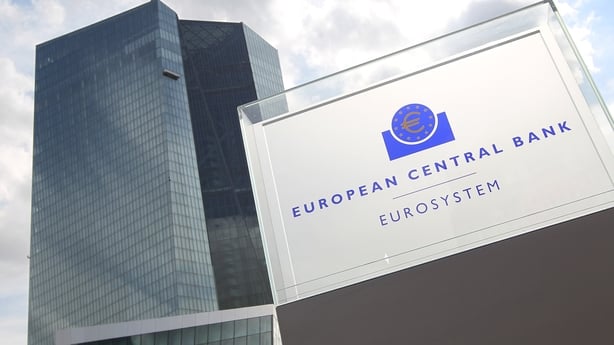Overcoming years of poor health and crisis, the euro zone economy grew at its fastest pace in five years in the first quarter, driven by unlikely stars such as France and Spain.
It now stands larger that in did at its peak before the financial crisis, albeit having taken eight years to recover.
But figures today also showed that the euro zone slipped back into deflation in April.
Bettering both the US and British economies, the latter weighed down by uncertainty over possibly leaving the Europe Union, euro zone growth doubled from the previous quarter, beating even the most optimistic expectations on healthy household consumption and a rebound in investments.
But the surge, a welcome relief less than a year after Greece was nearly ejected from the bloc, may be just a blip.
Europe is still weighed down by high debt, weak bank profits, high unemployment and vast excess capacity in the economy.
Growth among the 19 countries sharing the euro jumped 0.6% on the quarter, well past expectations for growth of 0.4% and ahead of Britain's 0.4%.
The US economy grew 0.5% on an annualised basis in the first quarter.
Eurostat said that annual euro zone growth held steady at 1.6%, more than three times the US rate in the same period.
Today's figures defied expectations for a slowdown and were as improved sentiment, plunging energy costs and a slow but steady fall in unemployment and buoyed spending.
Unemployment in the euro zone, though still high, fell to 10.2% in March from 10.4% a month earlier, its lowest in over four years, with Spain among the most improved.
The news was not all positive, however, as fresh inflation data showed the bloc was back in deflation in April, giving the European Central Bank its single biggest headache as it struggles to boost prices.
Euro zone consumer prices fell by 0.2% compared to a year earlier, moving down from an unchanged reading March.
This was despite the ECB announcing fresh stimulus in December and March in hopes of boosting inflation, which has undershot its 2% target for over three years already.
In a perhaps more worrying sign for policymakers, core inflation, which excludes volatile energy and food prices, also slowed, raising fears that low energy prices are feeding into the price of other goods and services.

The ECB is especially worried about this so-called second round effect of low crude prices because once they feed into wages, breaking the cycle of low inflation becomes especially difficult.
Still, ECB chief economist Peter Praet defended the bank's measures today, arguing that only a significant worsening of the inflation outlook would warrant more stimulus.
"Deploying negative rates again in the future would require a distinct worsening of the inflation outlook," Praet told Spanish newspaper Expansión.
"I don’t think we’re going to see these conditions materialising in the near future. We shouldn’t be talking of new instruments," Praet added.
Heading into the second quarter, the euro zone appears to remain on solid footing. Indeed, sentiment improved more than expected in April, driven by across the board optimism among industry, services, construction sector and households.
Preliminary purchasing managers' data and Germany's Ifo business climate index also pointed to continued expansion as did fresh lending data showing the most robust expansion since 2011.
Growth could also get a fresh boost from the ECB's corporate bond buys and new round of ultra cheap loans.
Still, the first quarter could ultimately turn out to be a peak for growth, with most projections indicating flatlining growth over the next several years as Europe remains weighed down by the legacy of its crisis.

